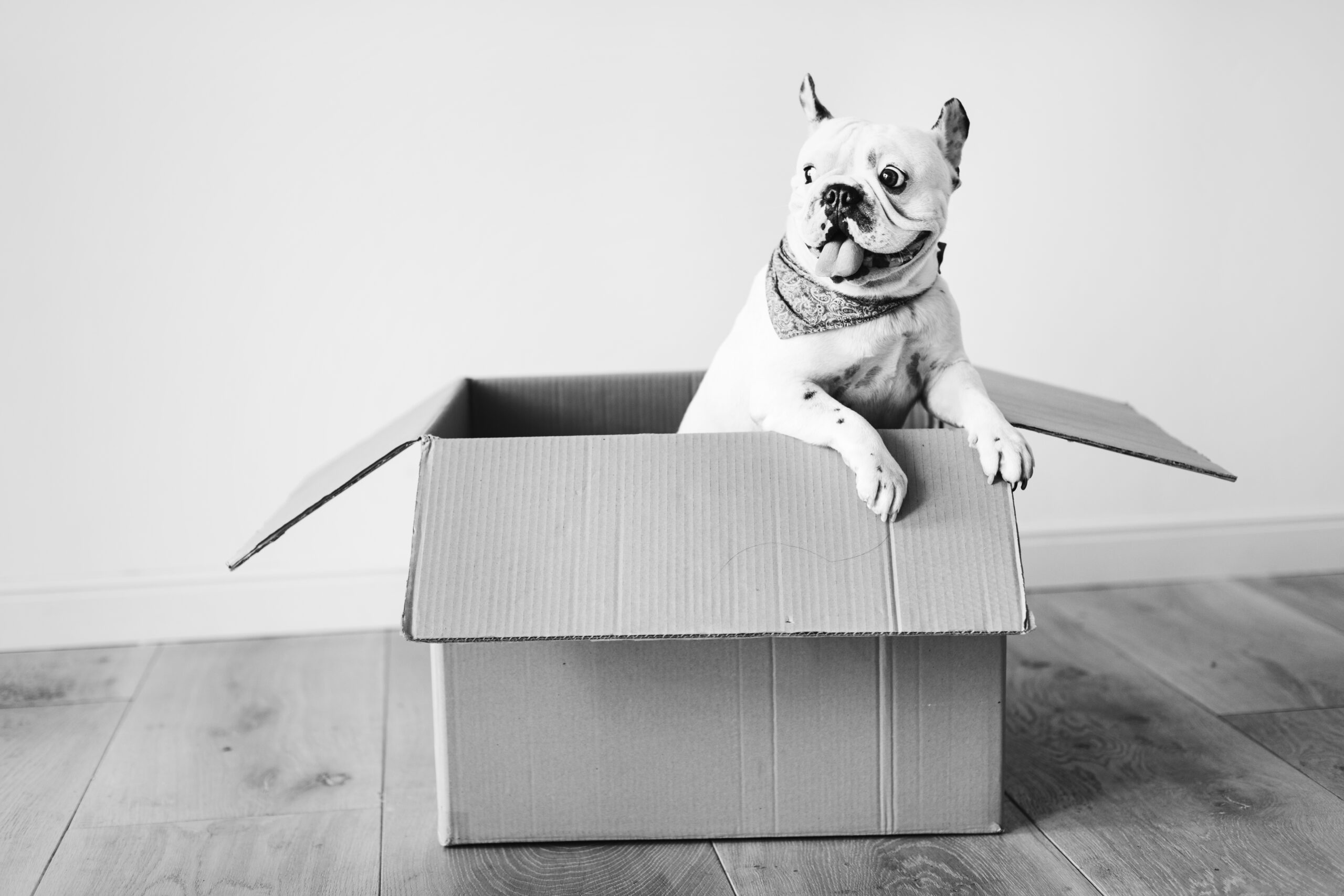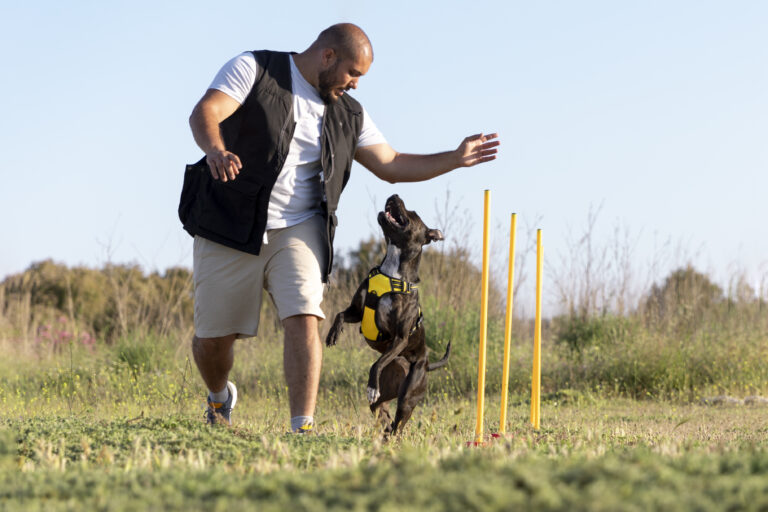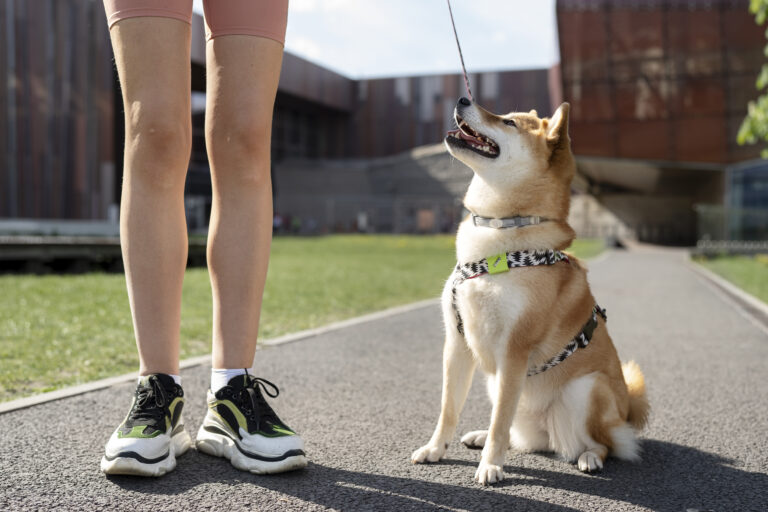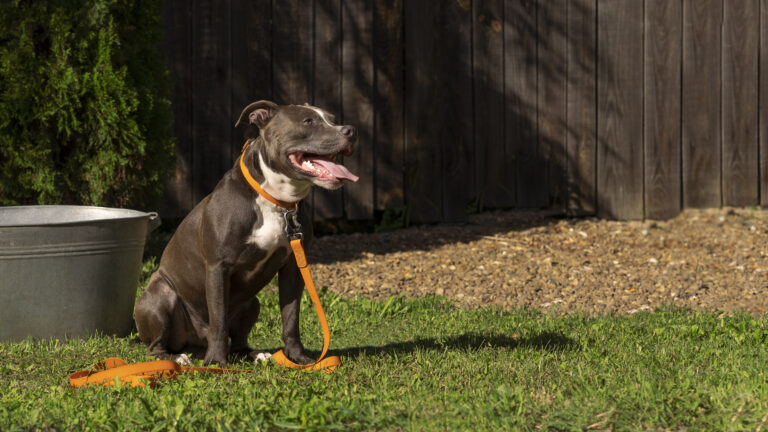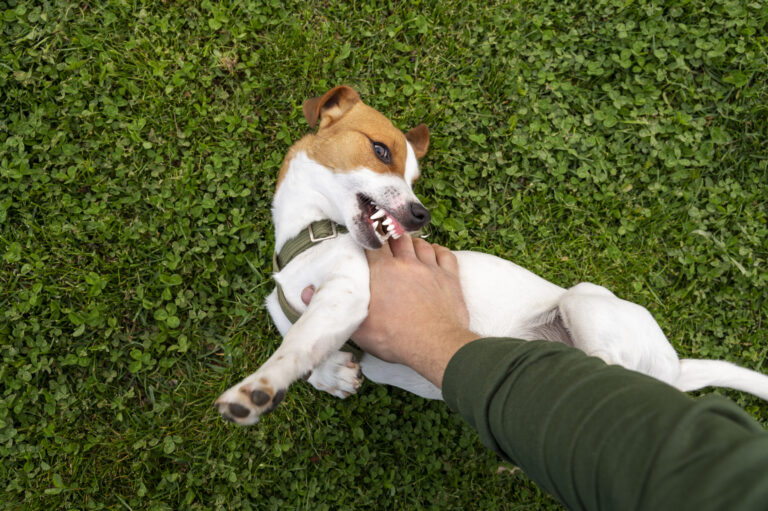Crate Training Made Easy: Creating A Safe Space For Your Dog
Many dog owners are surprised to learn that a well-trained dog can actually seek out their crate for comfort and security. Crate training, when done correctly, taps into a dog’s natural instinct to find a safe and enclosed space. This innate behavior makes the process smoother and more beneficial for both the pet and the owner.
Historically, dogs have always sought out den-like environments for safety. Statistics show that dogs who are properly crate-trained tend to have lower levels of anxiety and exhibit fewer behavioral problems. By mimicking a den, a crate can become a sanctuary for your dog, promoting well-being and creating a harmonious home environment.

The Concept and Importance of Crate Training
Crate training is based on the idea that dogs naturally seek out a “den” for security. This instinct comes from their wild ancestors who used small spaces for safety. Modern dogs still have this behavior, which makes crate training effective. It’s not about punishment; it’s about providing a safe place. When introduced properly, a crate becomes their personal retreat.
Crate training can help with various behavioral issues. For example, it aids in house training and prevents destructive chewing. Dogs are less likely to soil their sleeping area, which accelerates the housebreaking process. Additionally, it provides a consistent space where they can relax. This can be especially helpful for anxious or nervous dogs.
- Aids in house training
- Prevents destructive chewing
- Reduces anxiety
- Promotes a routine
It also makes traveling easier and safer for both the dog and owner. When in the car, a crate keeps the dog secure and reduces distractions for the driver. In emergencies or vet visits, a crate-trained dog will be less stressed. Moreover, many places require dogs to be crated for safety during transport. This familiarity can make those situations much calmer.
Understanding Your Dog’s Need for a Safe Space
Dogs, like humans, need a place where they feel secure and comfortable. Just as we have our bedrooms to retreat to, dogs benefit from having their own designated area. This space allows them to unwind and escape from stress. It is where they can relax without feeling threatened. Knowing they have a safe space can significantly reduce their anxiety levels.
Not all dogs will immediately take to their safe space. Some may need time to adjust and feel comfortable. Patience and positive reinforcement help them associate the space with good experiences. Dogs might bring their favorite toys into the area. This behavior shows they are beginning to accept it as their own.
- Observe behavior for signs of anxiety
- Encourage positive associations with the space
- Use treats and toys for reinforcement
- Be patient with the adjustment period
Creating this safe space doesn’t have to be elaborate. It could be a crate, a corner of a room, or even a comfy bed. The key is consistency and ensuring it is always accessible. Over time, dogs will instinctively go there when they need a break. This small adjustment can lead to a happier and more well-adjusted pet.
How to Choose the Right Crate for Your Dog
Choosing the right crate for your dog involves several important factors. First, you need to consider the size of your dog. The crate should be large enough for them to stand, turn around, and lie down comfortably. However, it shouldn’t be so big that they can use one end as a bathroom. To get the correct size, measure your dog’s length from nose to tail and their height from floor to top of the head.
| Dog Size | Crate Size |
|---|---|
| Small (up to 25 lbs) | 24 inches |
| Medium (25-50 lbs) | 30 inches |
| Large (50-75 lbs) | 36 inches |
| Extra Large (75+ lbs) | 42 inches and up |
The material of the crate is another key consideration. There are several types: wire crates, plastic crates, and fabric crates. Wire crates offer ventilation and visibility, while plastic crates are more enclosed and offer a den-like feeling. Fabric crates are lightweight and portable, making them ideal for travel. Selecting the right material depends on your dog’s temperament and your needs.
- Consider dog size
- Measure length and height
- Choose the right material (wire, plastic, fabric)
- Think about portability and purpose
Lastly, think about any additional features you might want. Some crates come with dividers, which are useful for growing puppies. Others may have double doors for easier access. Look for features that will make the crate more convenient for you and comfortable for your dog. This will ensure that the crate is a welcoming space.
Step-by-step Guide to Crate Training Your Dog
Start by introducing the crate to your dog in a positive manner. Place the crate in a busy area of your home, such as the living room. Make it comfortable with soft bedding and your dog’s favorite toys. Allow your dog to explore the crate at their own pace. Avoid forcing them inside or closing the door at this stage.
Encourage your dog to enter the crate by using treats or toys. You can toss a treat inside and let them go in to retrieve it. Praise them when they enter. Gradually, they will start associating the crate with good things. Repeat this several times a day to build a positive connection.
- Place the crate in a central location
- Make the inside inviting with bedding and toys
- Use treats to coax your dog into the crate
- Praise them for entering
Once your dog is comfortable entering the crate, start feeding them their meals inside it. This further strengthens the positive association. After a few days, close the door while they’re eating but open it as soon as they finish. Gradually extend the time the door remains closed, helping them get used to being inside with the door shut.
Now, try leaving your dog in the crate for short periods while you’re at home. Begin with five to ten minutes and slowly increase the duration. Make sure to come back and let them out before they start getting anxious or barking. This will help them feel secure knowing you will return.
| Step | Description |
|---|---|
| 1 | Introduce the crate positively |
| 2 | Encourage entry with treats and praise |
| 3 | Feed meals inside the crate |
| 4 | Close the door gradually |
| 5 | Extend time inside with you at home |
| 6 | Leave for short periods |
Finally, practice leaving your dog in the crate while you leave the house. Start with brief departures and gradually extend the time you’re away. Be sure to avoid making a big fuss when you leave or return, as this can cause separation anxiety. Over time, your dog will become accustomed to staying in their crate, making it a secure and comfortable space.
Common Mistakes in Crate Training and How to Avoid Them
One common mistake is using the crate as a form of punishment. When dogs associate the crate with negative experiences, they become reluctant to use it. Instead, always use positive reinforcement to make the crate a happy place. Give treats, toys, and praise when they enter voluntarily. This ensures the crate remains a welcoming environment.
- Avoid using the crate for punishment
- Ensure positive experiences inside the crate
- Use treats and praise for encouragement
Another mistake is leaving the dog in the crate for too long. Extended confinement can lead to anxiety and behavioral issues. Puppies under six months shouldn’t be in a crate for more than three to four hours. Adult dogs can handle longer durations, but even they need regular breaks. Ensure your dog has plenty of time outside the crate to exercise and socialize.
Some owners may skip the gradual introduction of the crate. Dogs need time to adjust to their new space. Rushing the process can lead to reluctance and fear. Ensure a slow and steady approach, allowing your dog to become comfortable at their own pace. This step is crucial for long-term success.
| Mistake | Solution |
|---|---|
| Using crate as punishment | Use positive reinforcement |
| Leaving dog too long in the crate | Give regular breaks |
| Skipping gradual introduction | Introduce crate slowly |
Lastly, inconsistency in crate training can confuse your dog. If you allow them to roam free one day and confine them the next, they won’t understand what’s expected. Establish a routine and stick to it. Consistency helps your dog know when it’s time to relax in their crate. This predictability makes training smoother and more effective.
Positive Impact of Crate Training on Your Dog’s Behaviour
Crate training can significantly improve your dog’s overall behavior. A crate-trained dog tends to be calmer and more secure. Knowing they have a personal space to retreat to can reduce their anxiety levels. This sense of security can translate to fewer instances of destructive behavior. Dogs with a designated safe space cope better with stressful situations.
Another positive impact is improved housebreaking. Dogs naturally avoid soiling their sleeping area, making the crate an effective tool for potty training. This helps establish a routine, and housebreaking becomes a smoother process. Accidents are reduced, which benefits both the dog and the owner. Consistency in using the crate reinforces good habits.
Crate training also aids in travel and vet visits. A crate-trained dog is less likely to experience stress during car rides. They are accustomed to the confined space and feel more secure. This results in a quieter and more relaxed journey. Additionally, vet visits become less traumatic as the dog is comfortable in their crate.
- Calmer and more secure behavior
- Improved housebreaking
- Less stress during travel
- Easier vet visits
Moreover, a crate-trained dog can handle various situations better. For instance, during family gatherings or when visitors are over, the dog can retreat to their crate. This prevents overwhelm and keeps them calm. The crate becomes a predictable and reassuring space, helping them navigate potentially chaotic events with ease.
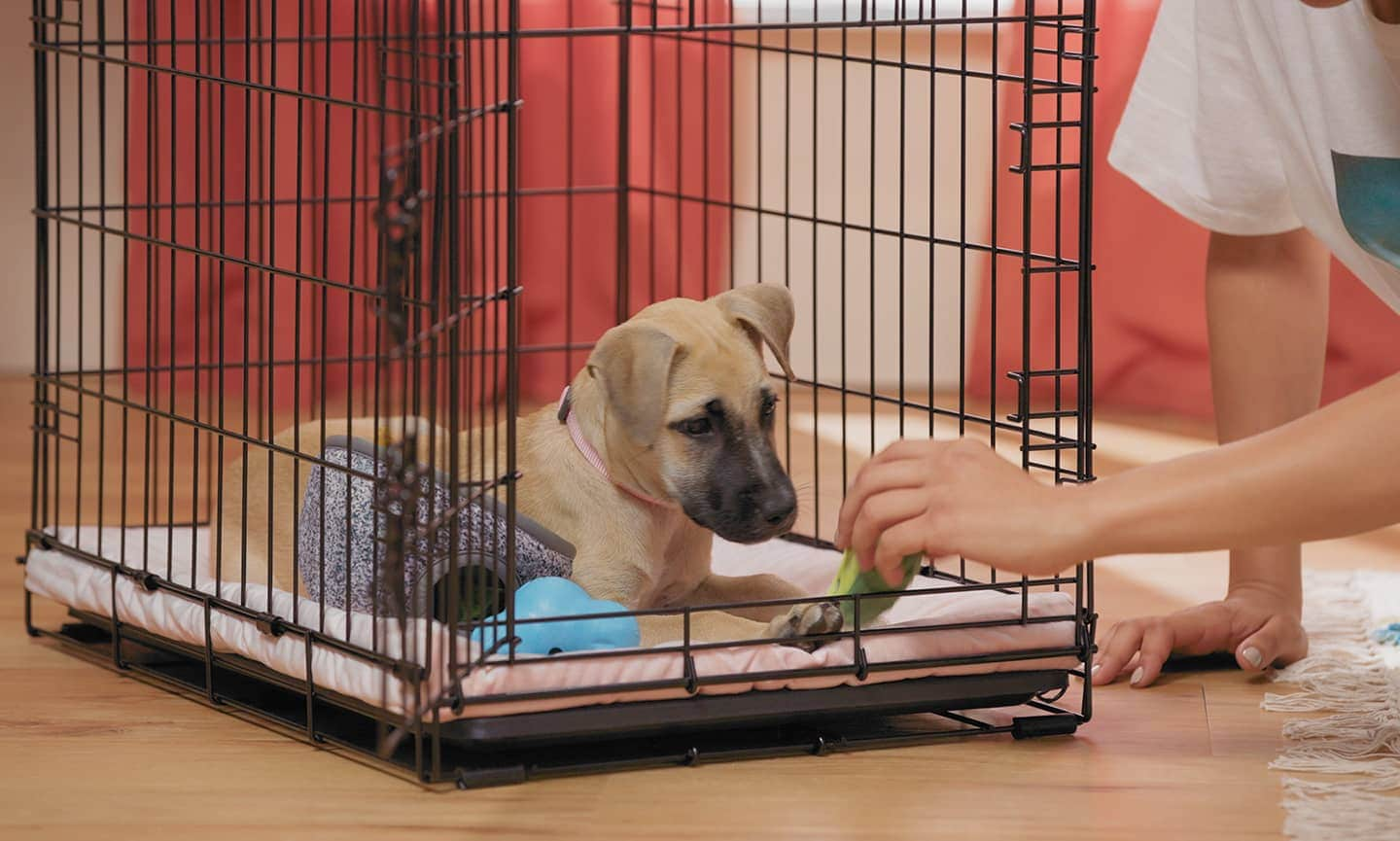
Frequently Asked Questions
Crate training can be a bit daunting for new dog owners. Here are some commonly asked questions to make the process easier and more effective.
1 How long should I leave my dog in the crate?
Puppies under six months shouldn’t be crated for more than three to four hours. Older dogs can handle longer periods but should still get regular breaks. The key is not to use the crate excessively to avoid making it feel like a prison.
Ensure your dog gets plenty of time outside the crate for exercise, play, and bonding with you. Regular breaks help keep your dog happy and reduce stress associated with confinement. Always listen to your dog’s needs.
2 What type of crate is best for my dog?
The best type of crate depends on your dog’s size, temperament, and specific needs. Wire crates offer good ventilation and visibility, while plastic crates create a den-like environment. Fabric crates are great for travel but not as durable.
Consider your dog’s behavior; anxious dogs might prefer a cozier plastic crate, whereas curious dogs might like the openness of wire crates. Always ensure the crate is comfortable with bedding and space to move easily.
3 Can I put toys and food in my dog’s crate?
Yes, placing toys and food in the crate helps build positive associations. Use safe chew toys or puzzle feeders that provide mental stimulation while you’re away. Avoid toys that are easily destroyed.
Your dog will learn that good things happen in their safe space, making them more likely to enjoy being there. Never leave bones or rawhide as they could pose choking hazards when unsupervised.
4 How can I make my dog enjoy their crate?
Start by introducing the crate slowly with treats and praise. Feed meals inside to strengthen positive associations. Leave the door open at first so they feel less trapped.
Add comfortable bedding and favorite toys to make it inviting. Gradually increase time spent in the crate but always aim for short, pleasant sessions rather than long confinements initially.
5 Is it okay for a dog to sleep in a crate overnight?
Yes, many dogs find comfort sleeping in their crates overnight as it mimics a den environment they instinctively seek out in nature. Ensure it’s cozy with soft bedding and maybe an item with your scent like an old shirt.
This practice helps establish routines and aids in housebreaking puppies who naturally avoid soiling their sleeping area overnight. A well-set-up nighttime routine benefits both you and your pet for restful sleep cycles.Conclusion
Crate training is more than just a convenient tool for dog owners; it’s a way to provide your pet with a sense of security and routine. When done correctly, it can significantly reduce anxiety and behavioral issues. It also simplifies housebreaking and makes travel less stressful.
Remember, the crate should always be a positive space for your dog. Patience and consistency are crucial, as is ensuring the crate is comfortable and inviting. With time and effort, your dog will view their crate as a safe haven, resulting in a happier, well-adjusted companion.

